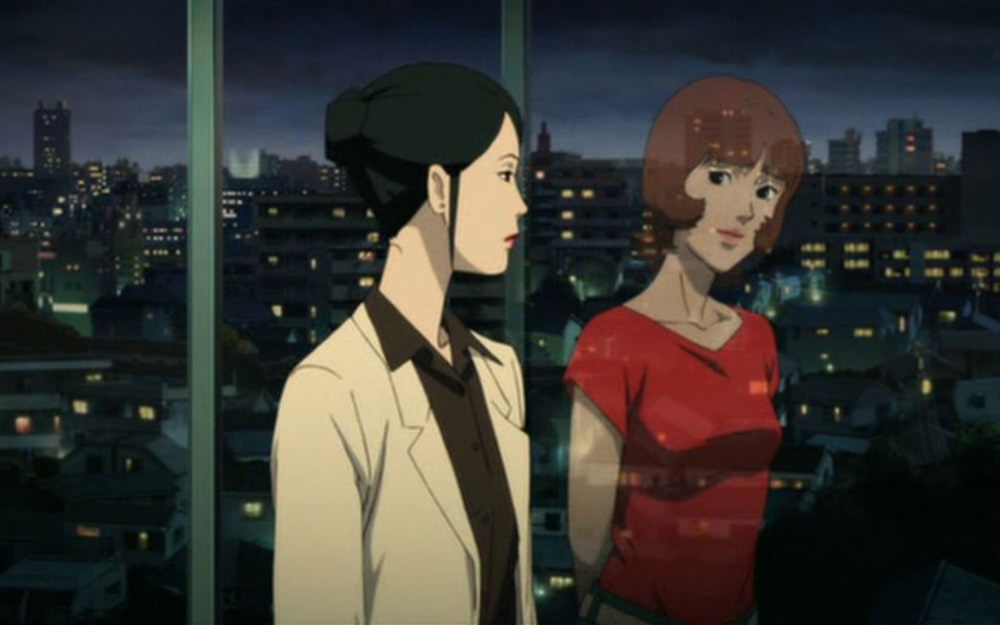Herself or Her Self?: Visual Design and Mirrors in Cléo from 5 to 7
By physically framing Cléo in mirrors placed deliberately throughout the film, Varda engineers the audience’s perspective so that it is Cléo’s. She uses the visual symbolism of a mirror to indicate the way in which Cléo sees herself – that is, through a patriarchal gaze which gradually deteriorates.
Cinematic Dreams: Wish Fulfillment and Visual Pleasure in Paprika
The malleability of animation adds to the power of film to create narratives and fulfill fantasies, having no boundaries as to what one can depict, just like in a dream. It is this quality that allows for the especially blurred boundaries between dream and reality in Paprika, because we move from one un-reality to another un-reality, stuck in an almost never-ending realm of wish fulfillment.
A Look in the Mirror: Ruben Östlund’s Triangle of Sadness
In essence, one becomes a monster by becoming part of a cultural group; it is not an individual themselves that is a monster but rather the group they find themselves a part of. The phenomenon is perfectly illustrated in the manner Ruben Östlund’s Best Picture Nominee Triangle of Sadness addresses social currency, arguing that amassing a wealth of social currency will inevitably corrupt an individual.
From “Sigh Guys” to Psychos: The Postwar Crisis of Masculinity in Hollywood
Throughout the 1950s, not even the manliest of men in Hollywood were able to escape the postwar crisis of masculinity and the evolving ideas of what it meant to be a man. This shift was reflected most evidently in cinema, as filmmakers recognized increasing anxieties regarding identity, sexuality, and particularly masculinity.




